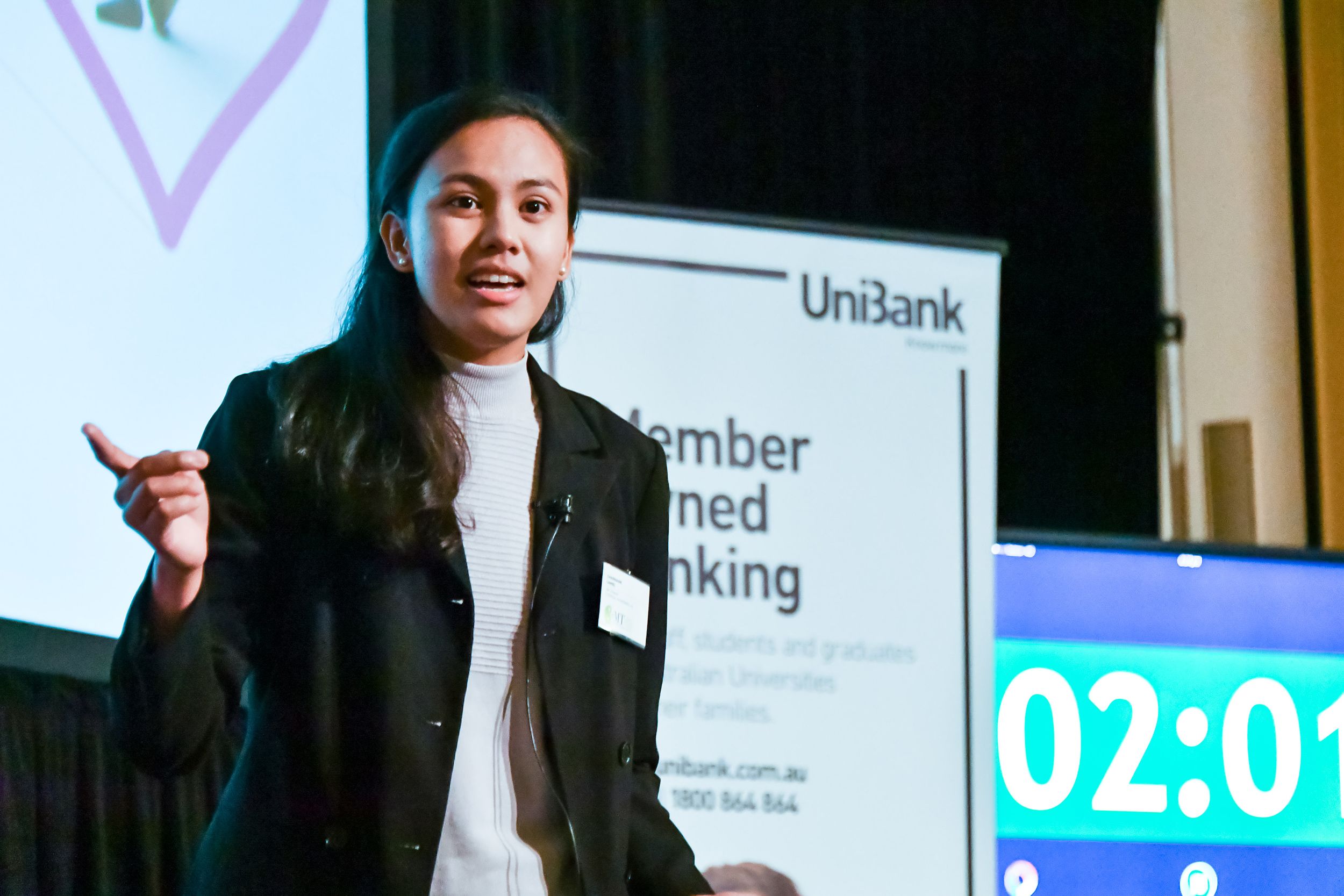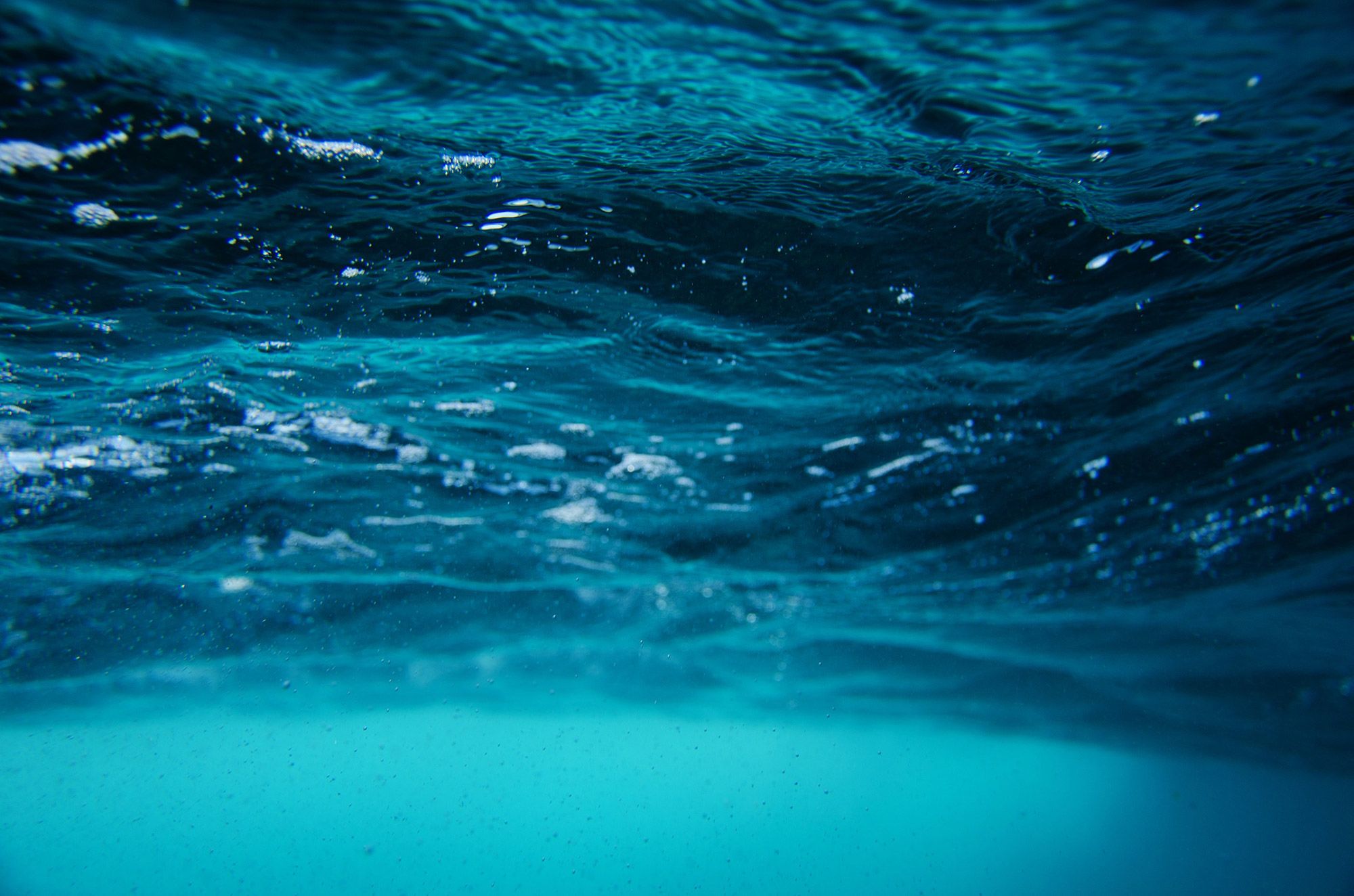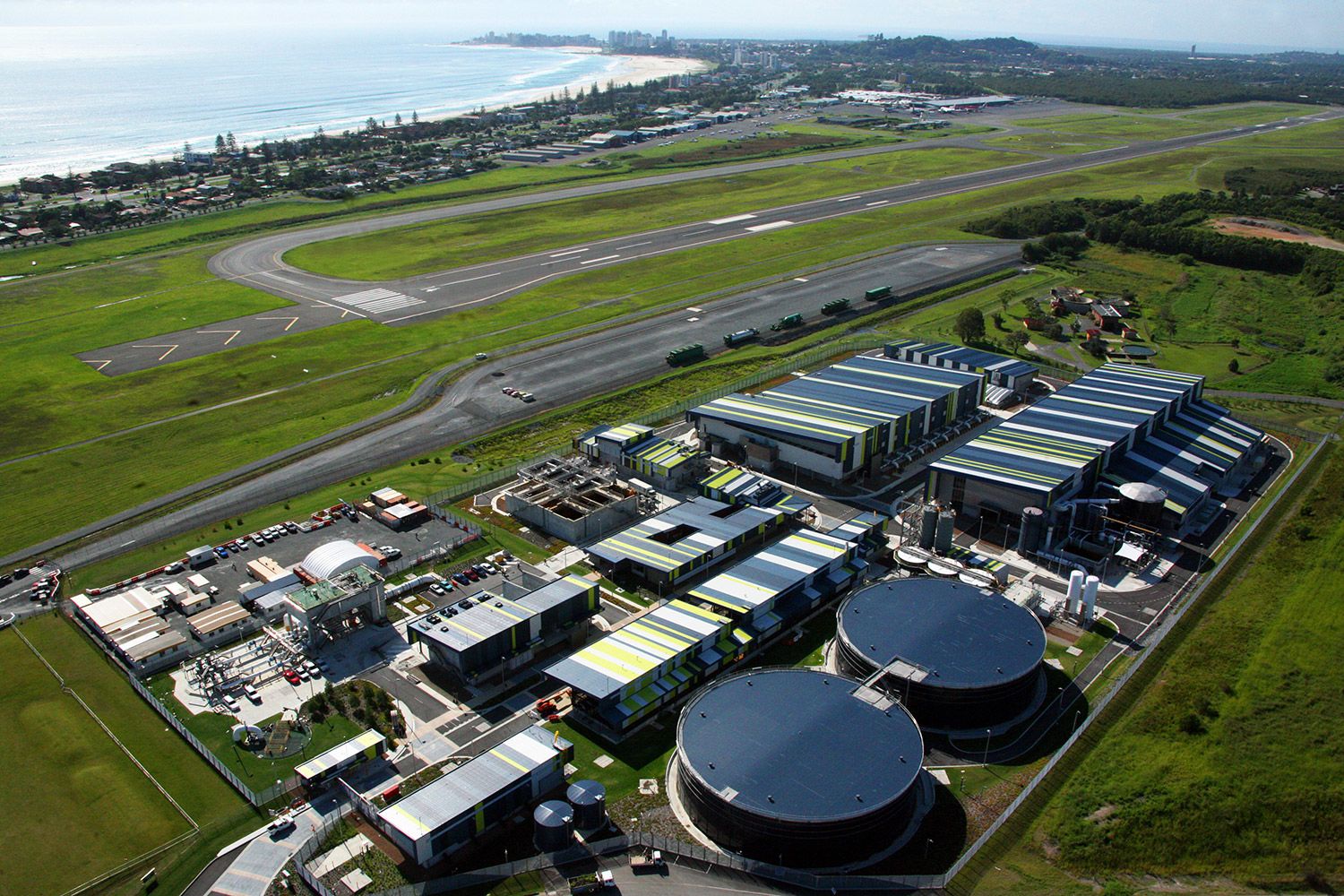Desalination Solution
Ice cold (sea)water, anyone?

Condensing an 80,000-word thesis down to a three-minute speech is not an easy thing to do, but chemical engineering PhD candidate Charmaine Lamiel does it with style.
After taking out first place in the School of Chemical Engineering Three Minute Thesis (3MT) competition, she backed it up with another win in the Faculty of Engineering, Architecture and Information Technology 3MT finals.
Ms Lamiel presented her innovative desalination concept in a quick 180 seconds at Customs House in Brisbane City for the UQ 3MT finals in September, taking the audience along for a scientific ride.
Asking the room why access to water during a drought is still a problem in a country like Australia despite being girt by oceans and seas, Ms Lamiel wondered aloud why we can’t just use the seawater surrounding our island home to meet our needs when rains are scarce.
One of the main obstacles is the salt present in this water, of course.
“If you’re thirsty, you might want to remove salt from the seawater before having a drink,” she said.
“Easy – simply boil the water and collect the steam.”
But the problem is that this process is energy-intensive and time-consuming, so to provide more drinking water the Australian government has built desalination plants to ensure there is enough water to go around in the future, when droughts are forecast to become more common.
“A Gold Coast desalination plant could fill an Olympic-sized swimming pool 50 times every day with the amount of seawater it turns into drinking water.”
Charmaine Lamiel

“A Gold Coast desalination plant could fill an Olympic-sized swimming pool 50 times every day with the amount of seawater it turns into drinking water – the plants produce a lot of water,” Ms Lamiel told the audience.
“Desalination works by forcing seawater in a ‘yes or a no’ membrane.
“Think about your coffee beans and your coffee filter. Yes – it allows caffeinated water to go through. But, no – it does not allow the beans to pass into your cup.”
As membranes are at the heart of these desalination plants, the process becomes very expensive as 10 per cent of the annual cost to run the plant is used just to maintain the membranes, “and this cost is passed down to thirsty people like us”.
“My study focuses on making membranes out of carbon materials because, unlike the commercial ones, carbon can withstand extreme and harsh conditions.”
One of the most promising types of carbon for this project is graphene – the same material as the tip of a pencil (graphite) but divided a billion times.
“I put graphene in my membrane and the results? Yes to pure water, and definitely no to salt!”
The kicker? Using graphene in these membranes makes them highly conductive, a perk that the commercial products don’t have.
This is a bonus as it means electricity can be sent rocketing through the membrane, blasting away accumulated salt that builds up and leaving the membrane as clean as new, reducing the need to replace it.
Image credit: Pexels; Gold Coast Open House


Charmaine Lamiel’s 3MT presentation
